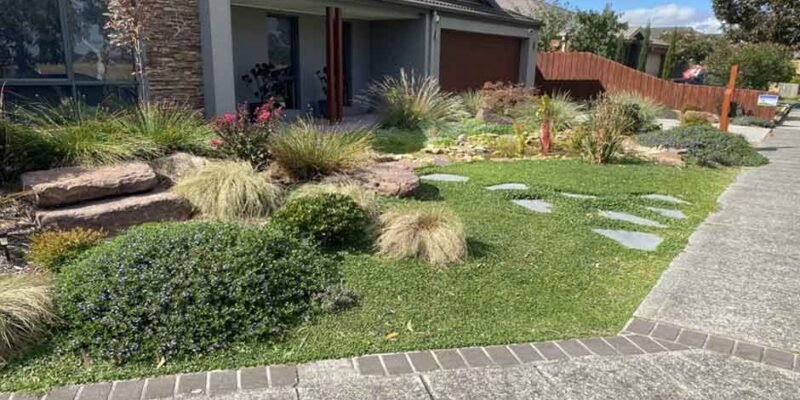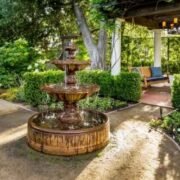With summer around the corner, you may already be planning your end-of-winter yard maintenance. This often includes adding a few new plants to some open spaces or even updating the potted plants along your walkways and on your verandah.
Fortunately, if you’re using the landscaping Cranbourne garden experts have on offer, then finding the right plants for your space is easier than you think. A quick chat with your landscaper will see them offering you a long list of indigenous plants to choose from. If you’re not sure how these plants can benefit your space, then this post is a must-read.
What are Indigenous Plants?
More commonly referred to as native plants, indigenous species are those that are found naturally in a particular region. These types of plants have thrived in the soil and climate, evolving alongside the wildlife and local ecosystem over time.
This means that these plant types are more likely to survive with little additional resources, such as extra water and fertiliser, because they can survive in the current soil and moisture conditions.
So Many Positives to Adding Native Species to Your Garden
Whether you want a more eco-friendly garden or you simply want to add lasting plants to your open spaces, opting for native plants is always a top way to do it. Our team of plant-loving experts have compiled a list of the top ways that these century-old species will benefit your space.
1.They Have Adapted to a Specific Bioregion
If you’ve been trying to get plants to grow in your yard for some time, then you’ll know that some species, no matter how beautiful, seem to be weak and wilt no matter how much care you give them. Trying to grow certain species also requires additional water, mulching, and constant tending.
You won’t have this problem with native plants. This is because the species native to your region have evolved to suit the general soil and water conditions. They can therefore easily adapt to the weather and environmental conditions without needing specific care.
These species will usually have deeper roots, which will allow them to stabilise dry soils or handle excessive rainfall. Since they can adjust to nutrient-poor soil, they usually won’t require fertiliser. Your landscaper will also add the necessary mulch to help your indigenous plants stay strong.
2.Will Instantly Improve the Biodiversity in Your Garden
Does your garden look beautiful, but seems to feel alive? This happens when you don’t have the right insects and right plant types to help create a biodiverse space, which leads to healthy ecosystems.
Adding native plants increases your garden biodiversity in the following ways:
- Purifies the air
- Creates and maintains healthy soil
- Reduces the reliance on synthetic nitrogen and phosphorus supplements
- Makes the habitat better suited to beneficial insects and wildlife
3.Plants Create Food and Shelter for Wildlife
The insects and wildlife naturally found in your specific region have evolved with your environment over a long period. During this evolution process, plants, insects, and animals have learnt to support and depend on each other in different ways, which enables them all to survive.
Plants contribute to this arrangement by providing shelter and food. Increasing the number of native plants in your garden will encourage beneficial insects such as bees and butterflies to move in. You will also see an increase in local bird species and small mammals.
Your landscaper will also be able to add a small water feature that will help to attract frogs and other species of local amphibians. This will, over time, turn your garden into the tranquil and lively space that you’re trying to create.
4.They add Beauty to Your Garden
The average homeowner chooses plants based on how they look and the colour or fragrance they’ll add to the space. This often leads people to the exotic plant section. While this may seem like a good idea at the time, foreign plants may require a lot of hard work and special care to keep alive.
The good news is that no matter where in Australia you live, there will always be a wide range of native plants to choose from. These species range in colours and scents, making it easy to add the perfect colour combo to your yard.
Some of the more common Australian indigenous plants to consider include the following:
- Native bluebell (purple)
- Correa (pink)
- Acacia wattle (yellow)
- Waratah (bright pink)
- Australian Daisy (white)
- Eucalyptus (white)
- Grevillea (red)
- Bottlebrush (red)
Final Thoughts
If you’re planning to add more plants to your garden this year, then it’s a good idea to speak to your landscaper about the best indigenous species for your area. Doing this means you can look forward to advantages such as a wide variety to choose from, improved biodiversity, and limited water and care requirements. Adding quality plants that will not only survive but also add a burst of colour to your space has never been easier!








Comments